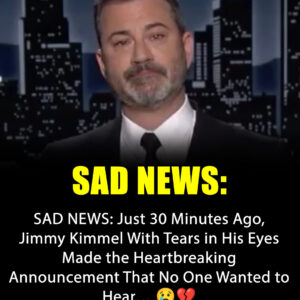In the end, their story settles into something quieter than shock, yet more lasting than a single disturbing discovery. The drawings become a mirror neither of them can ignore, revealing how fear, gratitude, resentment, and longing can all coexist beneath the surface of an unlikely connection. He learns that protection is not the same as control, and that generosity must leave room for another person’s complicated inner life, even when it unsettles him.
For her, the time in his home becomes a bridge rather than a destination—an interval where she can create, remember, and slowly reshape how she sees herself. By moving on to a shelter and then into her own rhythms, she proves that accepting help does not mean surrendering identity. When they meet again, their shared history feels less like a mistake and more like a difficult, necessary chapter. Neither is a savior or a villain; they are simply two people who chose, however imperfectly, to keep seeing each other fully.





